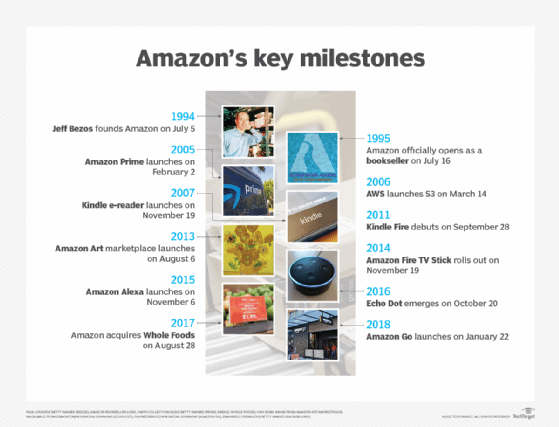radical innovation
What is radical innovation?
Radical innovation is an invention that destroys or supplants an existing business model.
Unlike architectural, incremental or disruptive innovations, radical innovation completely blows up the existing systems and processes to replace them with something new. If a market can clearly delineate between a before and after a single point in time or technological progress event, it's probably the result of a radical innovation.
Radical innovations are high-risk and high-reward endeavors. They create entirely new markets, so companies that develop them can be unmatched for a long time in a market as others try to play catch-up. Conversely, they often rely on untested ideas so they might fail entirely if no market is found. Because of this, some companies might be wary of radical innovations and tend to shy away from them in favor of safer, incremental advancement.
Radical innovation on the innovation continuum
Innovation is important to any business that wishes to grow. Not all innovations are equal though. Innovations can go from very small developments with small effects to extremely large ones that completely change a business landscape. This spectrum of possibilities is often called the innovation continuum.
In this context, an innovation can be a technological advancement, a new business process, a new marketing strategy, and the like. It's important to note that any business will adopt a clearly superior technology, so true innovation often combines a new technology with a new business strategy.
While there is no hard and fast rule about the innovation continuum, it is often presented with the following levels:
- Incremental innovation: A small change in an existing strategy or product. A continuous flow of incremental innovation is needed to keep a business relevant and up to date. An example might be a new model year release.
- Sustaining innovation: An advancement that keeps a product or category relevant and competitive in an existing market. An example might be hybrid cars sustaining the market for gasoline-powered cars.
- Architectural innovation: A small change in technology or how something is presented to appeal to a new market. For example, men's beauty products that are small formulation changes to existing women's beauty products with an associated marketing strategy.
- Disruptive innovation: A major change or breakthrough that creates a new market that eventually replaces the existing market. Disruptive innovations start off targeting a new lower-end market but eventually increase in quality to replace, or disrupt, demand in the existing market. For example, Netflix and other video streaming sites started as a lower cost option to buying DVDs, but eventually increased in convenience and value to the point that it has almost replaced DVD sales entirely in the market for home movie watching.
- Radical innovation: A combination of new technology and new business strategy that completely replaces the existing market or businesses. The iPhone is an example of radical innovation; it combined new technology with easy-to-use features to eventually replace the existing cellphone market and disrupt the personal computing market.
Academics and thought leaders draw delimitating lines between disruptive and radical innovations. According to them, the primary difference is that disruptive innovation starts out at the lower end of a market and then rises up the value chain to replace the incumbent player over time. Radical innovations completely replace a market top to bottom, quickly, and are therefore quite rare.
In most usage though, disruptive innovation and radical innovation have a more subjective distinction. They are often used interchangeably in casual contexts. All will generally agree that radical innovation wholly replaces an existing design, process or system to create something substantially new and unique.

Examples of radical innovation
There have been many breakthrough technologies that profoundly changed how humans live, for example, iron tools, synthetic ammonia fertilizer, semiconductors, and the Internet. In a business context though, a radical innovation combines technological development with a business strategy to take advantage of it.
Amazon has produced at least two radical innovations: its data-driven e-commerce-only business model and in its Amazon Web Services (AWS) platform.
Amazon was not the first company to sell items online, but it combined online technology with business strategies to radically change how consumer shopping would be done. It was able to save money by not having a physical store presence and using lean (just in time) ordering. It also focused on the customer experience with one-click purchasing and using data to make recommendations.

AWS was another revolutionary product. They were able to create an entirely new market for cloud computing by offering virtual machines on their existing hardware's extra capacity. This is an excellent example of radical innovation because it combines many factors to fill a business and consumer need. Amazon had a problem of excess capacity on their servers and wondered how to make money from it. With the technological advancements of high-speed internet connectivity and computer virtualization, and the yet unrealized consumer need for small cheap internet servers, Amazon took that excess capacity and radically innovated the cloud computing market.
Check out the ultimate guide to digital transformation for enterprise leaders and explore the future of radically innovative generative AI.







